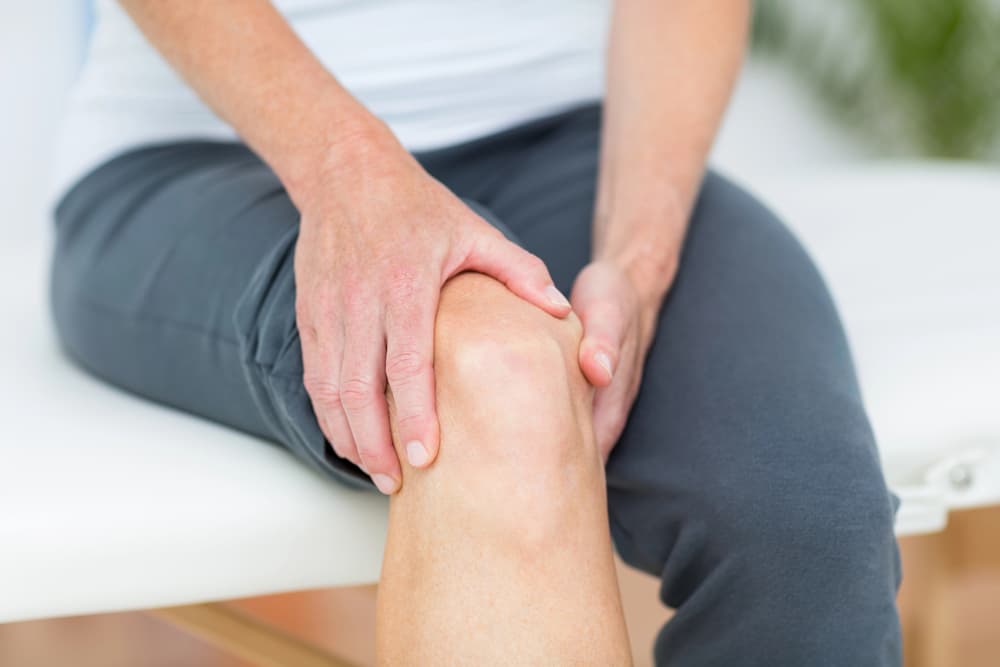Discover the magic of stem cell therapy for knee pain! Stem cells are like superheroes, rushing to damaged areas to kickstart the healing process. They reduce inflammation, attract other cells for support, and promote tissue repair. These tiny powerhouses even release growth factors that turbocharge healing. By transforming into chondrocytes, they help build new cartilage and restore joint health. With stem cell therapy for knee pain, you can experience reduced discomfort, improved mobility, and accelerated tissue repair. Embrace the wonders of stem cells in managing knee pain and regaining vitality. Fall in love with your knees again!
Role of Stem Cells in Repair
When considering the role of stem cells in repair, it’s crucial to understand their regenerative potential. Stem cells possess the remarkable ability to migrate to damaged tissues and integrate into these areas, promoting healing and regeneration. This process of stem cell migration plays a vital role in tissue repair by homing in on the sites that require regeneration, such as injured knee tissues or shoulder joints. Stem cell therapy for shoulder pain can be particularly effective, as these cells work to repair and regenerate damaged tissues, providing relief and restoring function.
Through their unique properties, stem cells can facilitate tissue integration, enabling them to become part of the existing tissue structure and contribute to its repair. This integration is essential for the long-term success of stem cell therapy in treating knee pain, as it ensures that the newly introduced stem cells effectively function within the damaged tissue environment.
Cartilage Regeneration Process
Let’s begin by exploring how cartilage repair mechanisms work and how stem cells differentiate to aid in the regeneration process. Understanding these crucial points will shed light on the intricate processes involved in repairing damaged knee cartilage. This knowledge forms the foundation for grasping the potential of stem cell therapy in treating knee pain effectively.
Cartilage Repair Mechanisms
To initiate the cartilage repair mechanisms, the body’s natural healing processes are activated in response to tissue damage. Through this process, several key mechanisms come into play:
- Inflammation Reduction: Decrease in inflammation around the damaged area.
- Cell Recruitment: Attraction of stem cells to the damaged site.
- Extracellular Matrix Production: Formation of a supportive matrix for cell growth.
- Chondrogenic Differentiation: Differentiation of stem cells into chondrocytes.
- Cartilage Regeneration: New cartilage formation and integration with surrounding tissue.
These steps work in harmony to facilitate cartilage repair and regeneration, ultimately aiding in the alleviation of knee pain and improving joint function.
Stem Cell Differentiation
In the process of cartilage regeneration, stem cells undergo differentiation into specialized chondrocytes, crucial for repairing damaged tissue and restoring joint function. Cellular communication plays a vital role in guiding stem cells towards the chondrogenic lineage through intricate signaling pathways. These pathways influence gene expression, determining the cell fate and ultimately leading to the formation of new cartilage tissue.
By responding to specific signals within the joint environment, stem cells transition into chondrocytes capable of producing the extracellular matrix essential for cartilage structure and function. This orchestrated process of stem cell differentiation highlights the importance of understanding the molecular mechanisms that regulate cell behavior, offering insights into enhancing the effectiveness of stem cell therapy for knee pain.
Anti-Inflammatory Effects of Stem Cells
Stem cells have shown promising anti-inflammatory effects in the treatment of knee pain. These effects play a crucial role in alleviating discomfort and aiding in the regeneration of damaged tissues. When utilizing stem cell therapy for knee pain, the anti-inflammatory properties of stem cells contribute significantly to the overall healing process. Here are some key points that highlight the anti-inflammatory effects of stem cells:
- Reduction of Inflammation: Stem cells help decrease inflammation in the knee joint, leading to pain relief.
- Modulation of Immune Response: They can modulate the immune response in the knee, preventing further inflammation.
- Tissue Repair: Stem cells promote tissue repair by targeting inflamed areas and promoting healing.
- Pain Management: By reducing inflammation, stem cells can effectively manage pain associated with knee injuries.
- Enhanced Recovery: The anti-inflammatory effects accelerate the recovery process, allowing patients to resume normal activities sooner.
These mechanisms showcase the significant impact of stem cells in combating inflammation and addressing knee pain.
Growth Factor Secretion
With their ability to release growth factors, stem cells play a crucial role in promoting tissue regeneration and healing processes. Growth factors are signaling molecules that facilitate cellular communication, orchestrating the repair and regeneration of damaged tissues. In the context of knee pain management, the secretion of growth factors by stem cells can aid in reducing inflammation and promoting tissue remodeling.
These growth factors not only stimulate the regenerative potential of surrounding cells but also modulate the immune response to alleviate pain and enhance healing. By promoting tissue repair and regeneration through the secretion of growth factors, stem cell therapy offers a promising approach for addressing knee pain and improving joint function.
Through their intricate cellular communication mechanisms, stem cells contribute to tissue repair, ultimately enhancing the body’s natural healing processes. The regenerative potential of growth factors released by stem cells highlights their role in promoting tissue remodeling and addressing knee pain through advanced regenerative strategies.
Enhanced Tissue Healing
When considering enhanced tissue healing through stem cell therapy for knee pain, you can expect accelerated tissue repair and improved tissue regeneration. These points highlight the potential benefits of utilizing stem cells to promote healing and regeneration in the knee joint. Enhanced tissue healing can lead to improved function and reduced pain, offering promising results for individuals seeking relief from knee issues.
Accelerated Tissue Repair
You can experience faster recovery and improved healing through the process of accelerated tissue repair with stem cell therapy. This innovative approach enhances the body’s natural healing mechanisms, leading to quicker tissue regeneration and overall improved outcomes. Here are some ways accelerated tissue repair with stem cell therapy can benefit you:
- Increased cell proliferation: Stem cells can stimulate the production of new cells in the damaged tissue.
- Enhanced tissue remodeling: The therapy promotes the restructuring of tissues for better function.
- Reduced inflammation: Stem cells help to decrease inflammation, aiding in the healing process.
- Improved blood flow: Enhanced circulation can support faster healing of the affected area.
- Enhanced tissue strength: Stem cells contribute to the development of stronger and healthier tissues.
Final Thoughts
Overall, stem cell therapy offers promising results for treating knee pain by promoting cartilage regeneration, reducing inflammation, secreting growth factors, and enhancing tissue healing. The ability of stem cells to differentiate into chondrocytes plays a crucial role in repairing damaged tissue in the knee joint. With further research and development, stem cell therapy has the potential to revolutionize the treatment of knee pain and improve the quality of life for patients suffering from this debilitating condition.





